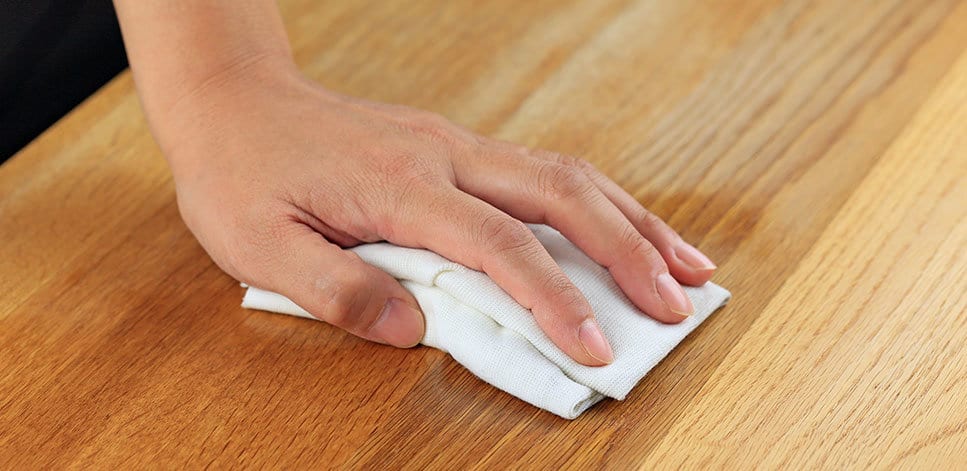Furniture can be quite expensive, so if you put a piece of furniture in storage, you want to ensure it does not suffer any sort of damage. Moving large pieces of furniture into storage and keeping them safe throughout their stay is not always easy. However, the six tips below will help.
1. Condition Wood Furniture In Advance
If you live in a dry climate or plan to store your furniture over winter, then any wooden furniture will be prone to cracks and dryness. Prevent such cracks by applying a generous layer of wood conditioner to the furniture a week or two prior to storage. Choose a wax-based wood conditioner over one sold as a polish, as this will offer longer-lasting protection. Use plenty of elbow grease to buff it into the wood.
If your wood furniture is dirty, then make sure you clean it before applying the wax. Use a sponge dipped in a mixture of oil soap and water to remove grime. Then, wipe the furniture clean with plain water and let it dry.
2. Wait For A Dry Day
Most furniture materials, from wood to upholstery, are porous and will grow mold when wet. If your items are wet when you put them in storage, then they will be moldy when you pull them out. Wait for a clear-sky day to move your furniture into storage.
3. Disassemble When Possible
You’re more likely to dent a big table or cabinet if you move it intact. Plus, big pieces of furniture are harder to organize within a storage unit — you’ll feel like you’re playing Tetris. If a piece of furniture comes apart, then take it apart. Put the bolts and screws in a Tupperware container and label that container appropriately.
4. Wrap It Up, But Not Too Tight
Covering furniture is a good way to protect it, but with wood and upholstered furniture, you must be careful not to wrap it too tightly. Bubble wrap placed directly against wooden furniture can trap moisture in the wood and lead to molding — it can also leave pressure marks in the finish. Similarly, tight plastic can leave impressions in a couch or chair.
Wrap your wooden furniture in blankets or sheets, and then add a loose layer of plastic over the top. For couches and other plush furniture, stick with commercially available plastic bags made for couches, or just cover the furniture with a breathable sheet.
5. Store It Off The Floor
If water should spill onto your storage unit floor, any furniture legs will absorb that water — ultimately leading to mold and rot. To protect your furniture, place wooden pallets on the floor and cover the pallets with a plastic tarp. Do not skip the tarp. The pallets themselves are porous and will absorb moisture, transferring it to your furniture.
6. Ask Friends To Help Carry
Many hands make the work light, but in the case of storing furniture, helpers reduce the risk of furniture damage as well. You’re less likely to bang a dresser into the wall if you have help carrying it. Plus, you and your helpers can work together to ensure the pallets and tarps are properly laid out.
Ask your friends for help well in advance of your move so that someone is available. Helpers who are less strong can help cover and disassemble furniture while the stronger helpers carry.
Are you overwhelmed by the idea of putting your furniture in storage? Consider hiring Carmack Moving & Storage to handle long or short-term storage for you. We will wrap, transport, inventory, and store your furniture and other belongings as a part of your moving process.


